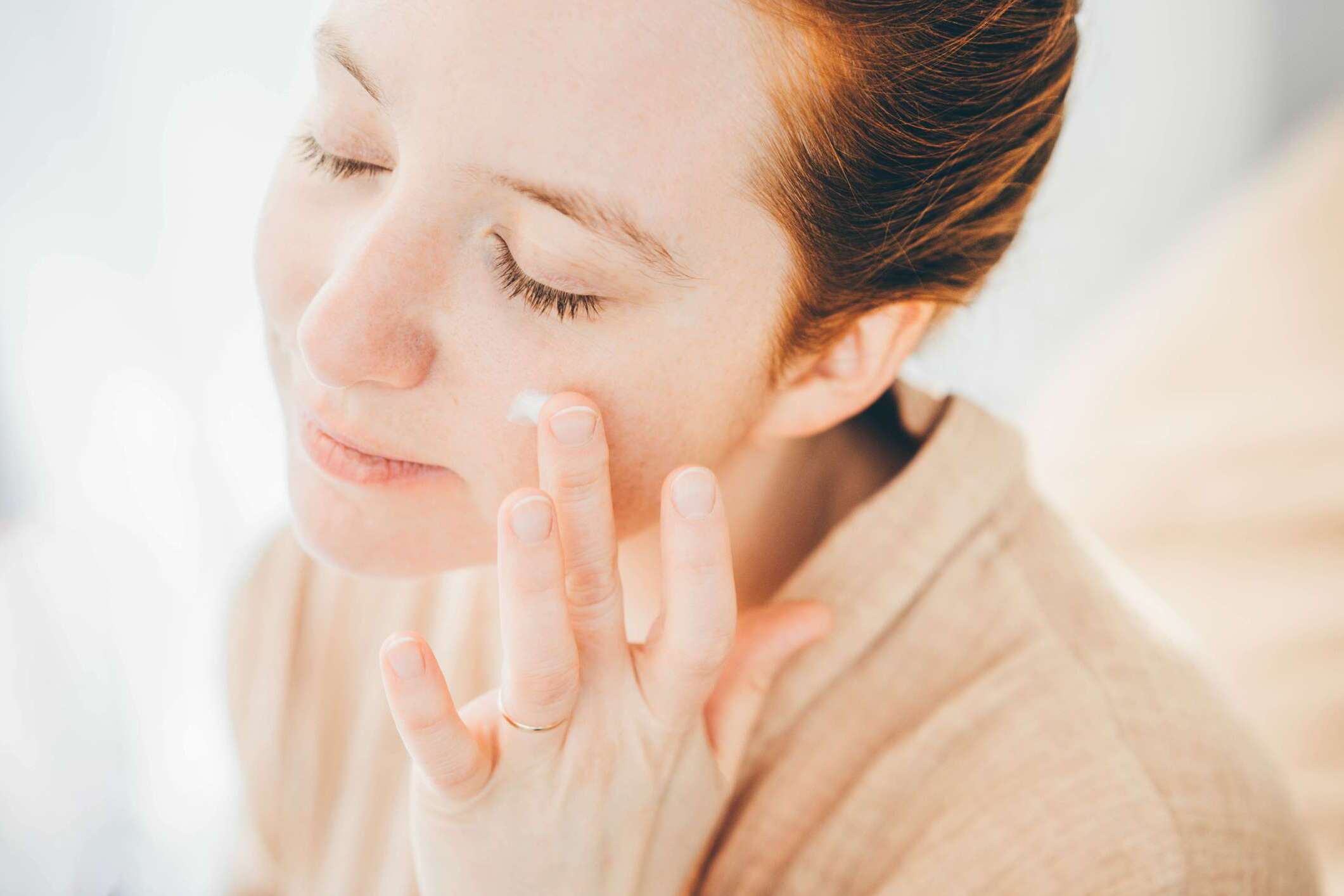
Arid climates are often characterized by their scarcity of rainfall and extremely dry conditions. These regions, also known as desert climates, can be found all around the world, from the Sahara Desert in Africa to the Sonoran Desert in North America. While arid climates may seem inhospitable to many, they are home to a surprising array of fascinating features and adaptations. In this article, we will explore 14 astonishing facts about arid climates that will highlight their unique characteristics and showcase the resilience of life in these harsh environments. From extreme temperature fluctuations to incredible survival strategies, arid climates offer a wealth of intriguing insights into the wonders of our planet. So, buckle up and prepare to be amazed by the incredible world of arid climates!
Key Takeaways:
- Arid climates have extreme temperature swings, stunning sand dunes, and unique wildlife adaptations. They also face challenges like desertification and water scarcity, making them fascinating yet fragile ecosystems.
- Indigenous survival skills, ancient civilizations, and breathtaking oases showcase the resilience and ingenuity of humans and wildlife in arid climates. However, climate change poses a significant threat to these remarkable environments.
Extreme Temperature Fluctuations
Arid climates are known for their dramatic temperature swings, with scorching hot days and freezing cold nights. The lack of moisture in the air makes it difficult for heat to be retained, leading to rapid cooling at night.
Desertification
Desertification is a process in which fertile land gradually becomes arid desert due to climatic changes or human activities such as deforestation and overgrazing. This phenomenon is a major concern for many regions around the world.
Breathtaking Sand Dunes
One of the most iconic features of arid climates is the presence of stunning sand dunes. These majestic formations, sculpted by wind and time, create a visually captivating landscape that attracts visitors from all over the world.
Adaptation of Wildlife
Animals in arid climates have evolved unique adaptations to survive the harsh conditions. From the kangaroo rat’s ability to obtain water from metabolic processes to the camel’s hump storing fat for energy and insulation, these creatures showcase remarkable resilience.
Oasis Life
Oases are small pockets of lush vegetation and water that provide a haven in the midst of arid landscapes. These natural oases have been vital for human settlements and serve as important biodiversity hotspots.
Ancient Cultures
Many ancient civilizations flourished in arid climates, utilizing advanced irrigation systems to cultivate crops and sustain their communities. Examples include the Indus Valley Civilization in South Asia and the Ancient Egyptians along the Nile River.
Water Conservation
In arid climates, water conservation is essential for human survival. Communities have developed innovative techniques such as rainwater harvesting and drip irrigation systems to maximize the efficient use of limited water resources.
Endangered Species
Arid climates are home to several endangered species that are uniquely adapted to survive in these challenging environments. From the iconic Saharan cheetah to the elusive Arabian Oryx, conservation efforts are crucial to protect these remarkable creatures.
Wind Erosion
Strong winds in arid climates can lead to extensive erosion, shaping the land over time. This can result in mesmerizing rock formations, such as the famous hoodoos in Bryce Canyon National Park.
Extreme Droughts
Arid climates experience prolonged periods of drought, with little to no rainfall for extended periods. These extreme droughts can have devastating effects on agriculture, water supplies, and ecosystems.
Salt Flats
In certain arid regions, you can find vast salt flats stretching for miles. These stunning salt pans are created when mineral-rich water evaporates, leaving behind a shimmering expanse of salt crystals.
Indigenous Survival Skills
Indigenous communities living in arid climates possess deep knowledge of the land and have developed traditional survival skills over generations. This includes tracking water sources, identifying edible plants, and navigating the challenging terrain.
Astronomical Observatories
Arid regions with clear skies and minimal light pollution are ideal locations for astronomical observatories. The dry air and lack of cloud cover create optimal conditions for stargazing and scientific research.
Climate Change Impact
Climate change poses significant challenges for arid climates, with predictions of increased temperatures and reduced rainfall. This can exacerbate water scarcity issues and further threaten fragile ecosystems and human livelihoods.
The 14 astonishing facts about arid climates highlight the diverse and fascinating characteristics of these environments. From extreme temperature fluctuations to unique adaptations of wildlife, these regions offer a captivating glimpse into the wonders of our planet’s diverse landscapes.
Conclusion
In conclusion, arid climates hold a fascinating array of features and characteristics that set them apart from other regions. From extreme temperatures to unique adaptations of plant and animal life, these environments present a stark beauty and a challenging environment for survival. The arid climates of the world, such as deserts and steppe regions, have been shaped by natural processes over millions of years and continue to evolve. Understanding these climates and their impact on the Earth’s ecosystems is crucial for conservation efforts and sustainable development in these regions. So, the next time you find yourself in an arid climate, take a moment to appreciate the astonishing facts and wonders that these environments have to offer.
FAQs
1. What is considered an arid climate?
An arid climate is characterized by very limited rainfall and low humidity levels. It typically encompasses regions with less than 250mm (10 inches) of annual precipitation.
2. Are all deserts considered arid climates?
Yes, deserts are a type of arid climate. They are typically hot, dry, and receive very little rainfall. However, not all arid climates are deserts, as there are other types of arid regions such as steppes and semi-arid areas.
3. How do plants and animals adapt to arid climates?
Plants and animals in arid climates have evolved remarkable adaptations to survive in extreme conditions. They often have water-conserving features, such as deep root systems and waxy leaves. Animals may have special physiological adaptations to retain water or burrow underground to escape the heat.
4. Can anything grow in arid climates?
Contrary to popular belief, many species of plants can thrive in arid climates. These plants are often well-adapted to conserve water and may have unique survival mechanisms, such as succulent leaves or storing water in their stems.
5. How do humans cope with living in arid climates?
Humans have developed various strategies to cope with arid climates. These include the construction of water storage systems, such as underground cisterns, and the cultivation of drought-resistant crops. Additionally, technological advancements in irrigation and desalination have made it possible to sustain human settlements in arid regions.
Was this page helpful?
Our commitment to delivering trustworthy and engaging content is at the heart of what we do. Each fact on our site is contributed by real users like you, bringing a wealth of diverse insights and information. To ensure the highest standards of accuracy and reliability, our dedicated editors meticulously review each submission. This process guarantees that the facts we share are not only fascinating but also credible. Trust in our commitment to quality and authenticity as you explore and learn with us.


